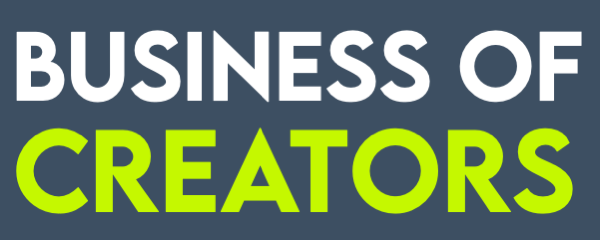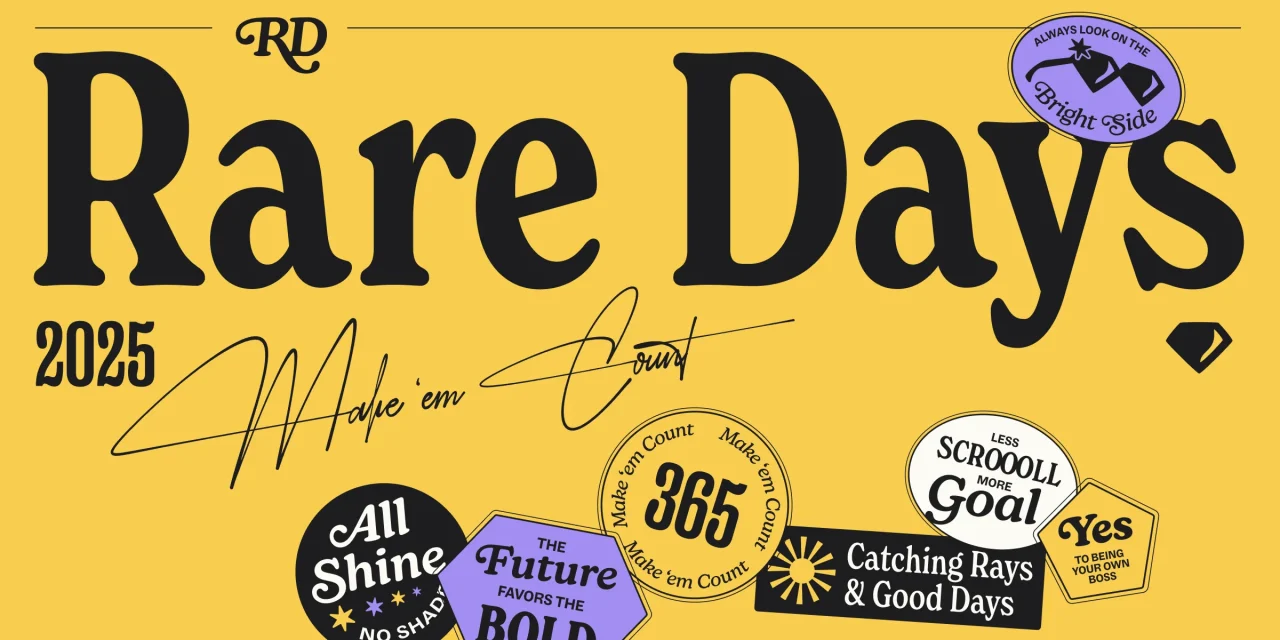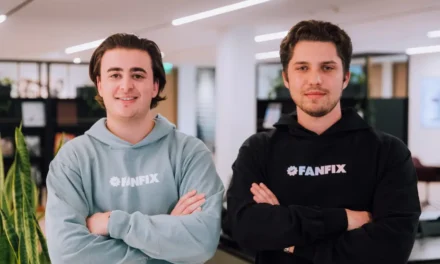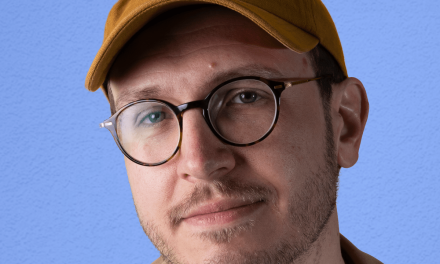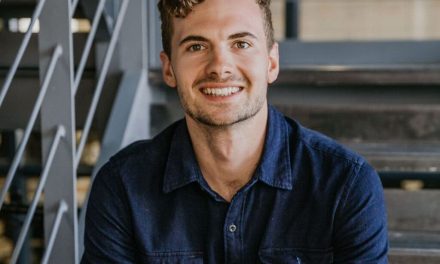From memberships to custom software, Rare Days is redefining how creators monetize beyond AdSense.
The creator economy is growing up. Gone are the days when influencer income was limited to brand deals and YouTube AdSense. Today, top creators are building scalable, product-driven businesses — and Miles Sellyn, VP of Marketing at Rare Days, is helping them do it.
Rare Days works behind the scenes with some of the biggest names in content — Ryan Trahan, Dr. Becky, Colin and Samir — helping them design, build, and launch high-impact digital products. The team has powered everything from $15M course businesses to niche software startups run by solo creators.
In this conversation with Ian Shepherd on The Business of Creators, Sellyn shares his latest thinking on what makes a great creator product, why software is the next frontier, and how creators can avoid the most common mistakes when launching something new.
This conversation is part of the Creator Commerce series Brought to You by .store Domains
Launching a product line? Start with a .store domain — the go-to web address for creators selling online. Top names like MrBeast, Dude Perfect, and Colin & Samir trust .store to build sleek, memorable URLs like YourName.store that drive traffic and sales. Get yours today at go.store/boc6.
Memberships Are Hot. Software Is Next.
Asked about the biggest opportunity in the creator economy, Sellyn didn’t hesitate.
“What the market is banging on our door about right now are memberships and subscriptions.”
He sees this as an evolution from standalone courses or communities. Instead of fragmenting their offerings, creators are increasingly bundling value into subscription hubs: a single space where they can deliver gated content, courses, community access, or even AI tools — all tailored to their brand.
But Sellyn is even more excited about what’s coming next:
“The real long-term opportunity is creators building software.”
He sees a shift from creators doing equity or affiliate deals with software platforms to owning the tools themselves. As development costs drop and AI lowers barriers, creators are in a unique position to launch niche apps tailored to their audiences — and own the upside.
The Economics of Creator Products
So what kind of revenue are we talking about?
“We work with creators making more than $15 million a year from digital products,” Sellyn revealed. “Another did $300,000 in 30 days from a single launch.”
But it’s not just about the blockbuster numbers. Sellyn emphasized the stability that product revenue brings:
“Even adding $50K or $60K a month in digital product revenue can change a creator’s business. It improves mental health. It lets them take strategic bets.”
That recurring, audience-owned income is increasingly seen as the holy grail — especially compared to the volatility of platforms and brand partnerships.
What Sets Top Creators Apart?
Having worked with a range of high-performing creators, Sellyn has noticed a key trait that predicts product success:
“It’s a ruthless standard for quality. And underneath that is a deep respect for their audience.”
He stressed that creators who truly care about their followers — who think carefully about what it means to ask someone to pay — are the ones who build trust, retention, and long-term value.
This respect also shapes how products are marketed. Rather than hard sells, top creators fold product mentions into their content organically, providing utility and storytelling without the “sales ick.”
The Product Sweet Spot: Audience vs. Customer
One of the biggest mistakes creators make? Confusing their audience with their customer.
“Just because you have a million subscribers doesn’t mean they all want to buy a YouTube course,” Sellyn said.
Instead, he encourages creators to map the Venn diagram between who watches their content and who is willing to pay for a solution. In some cases, a niche creator with 100K followers may be better positioned to monetize than a generalist with millions.
To find product-market fit, Sellyn’s team dives deep into DMs and comments, looking for recurring pain points that hint at unmet demand.
From Idea to Launch: How Rare Days Builds with Creators
Rare Days offers a flexible but proven framework for helping creators turn ideas into products. It typically unfolds like this:
- Discovery & Validation
Whether a creator has a vague concept or no idea at all, the team runs audience surveys, conducts interviews, and builds “feature vignettes” — visual mockups that help test interest and shape the product vision. - Design & Development
From courses to custom AI tools, Rare Days designs and builds the platform itself, often helping with branding, user experience, and platform architecture. - Pre-Launch & Marketing
Creators are coached to treat launches like events — not afterthoughts. “If you made something valuable, you owe it to your audience to tell them about it,” said Sellyn. - Post-Launch Optimization
The team emphasizes continued marketing, customer care, and iteration. “This isn’t Field of Dreams. You build it, but they won’t come unless you keep talking about it.”
Depending on complexity, launches can take anywhere from 3 months (for courses) to 12 months (for advanced software).
How to Price a Digital Product
Pricing is more art than science, but Sellyn shared a framework inspired by Jay Clouse:
Ask your audience four questions about a product:
- What’s a price that feels like a no-brainer?
- What’s too cheap to trust?
- What’s a stretch but doable?
- What’s outrageously overpriced?
By collecting those data points across many respondents, creators can triangulate a price that maximizes scale and value.
“If you’re delivering $1,000 of value, price it at $100. Aim for that 10x value-to-price ratio.”
Building a Brand Beyond the Creator
Branding is another crucial — and often overlooked — element.
Rare Days has helped creators like Ryan Trahan and Hannah Williams design platforms that balance creator personality with professional utility. Sometimes that means separating the product brand from the main YouTube identity. Other times, it’s about creating a polished front-end that appeals to sponsors, users, or enterprise clients.
“For Ryan, we had to build a brand that looked Fortune 500, even though his content is iPhone-shot chaos,” Sellyn laughed.
Rare Days itself rebranded from Core Studio to reflect its broader mission — moving from “courses for creators” to creator-led product innovation.
The Future: Creator-Owned SaaS
One of the most exciting trends Sellyn is tracking is creator-led SaaS — especially in niche markets.
“I talked to a 3D modeling creator who used to promote plugins as an affiliate. Now, he’s building them himself for $10–20K each. Why send traffic elsewhere when you can own the tools?”
He cited examples like:
- Salary Transparent Street, which launched a salary database and job board
- A generative AI reading app that adapts content for students
As software becomes more accessible, creators are moving from spokespeople to founders.
“They already have the marketing engine. Now they can own the product too.”
Final Advice: Start With the Comments
If you’re a creator thinking about launching your first product, Sellyn’s advice is simple:
“Go spend hours in your DMs and comments. Every pain point is a potential product. Don’t just look at them as feedback on a video — look at them as problems to solve.”
